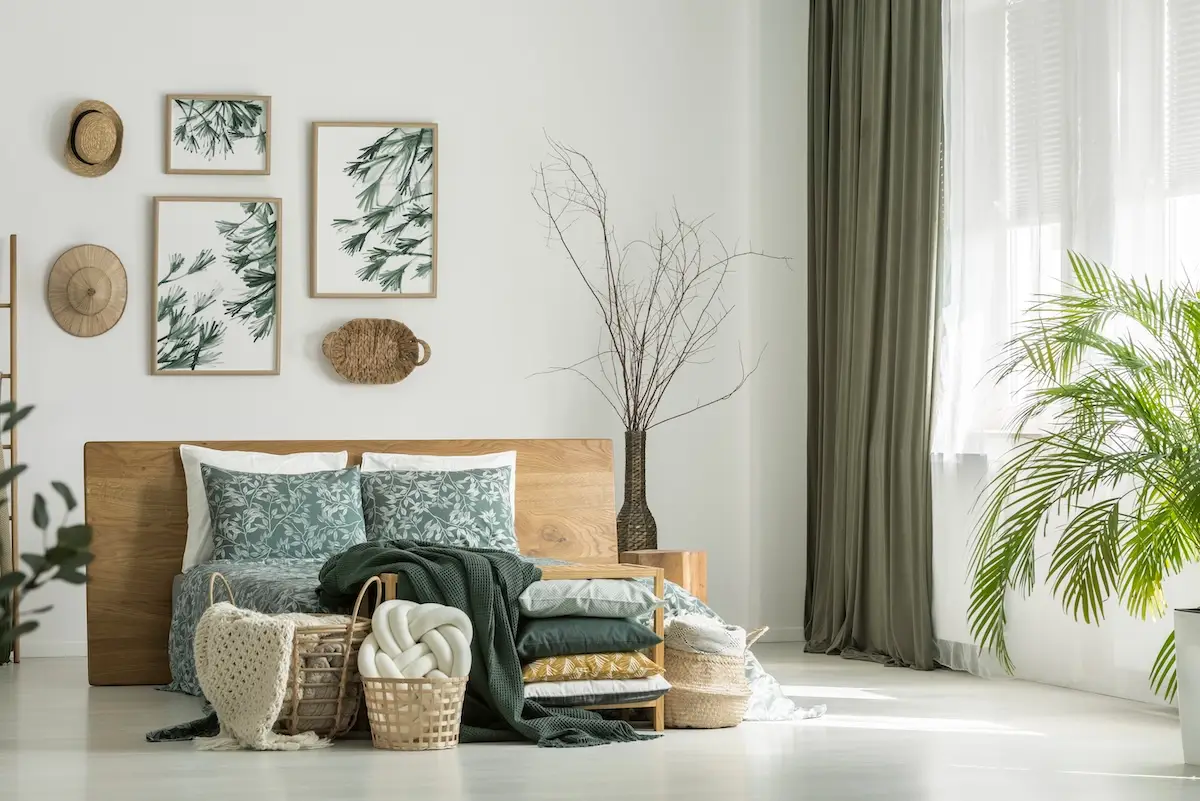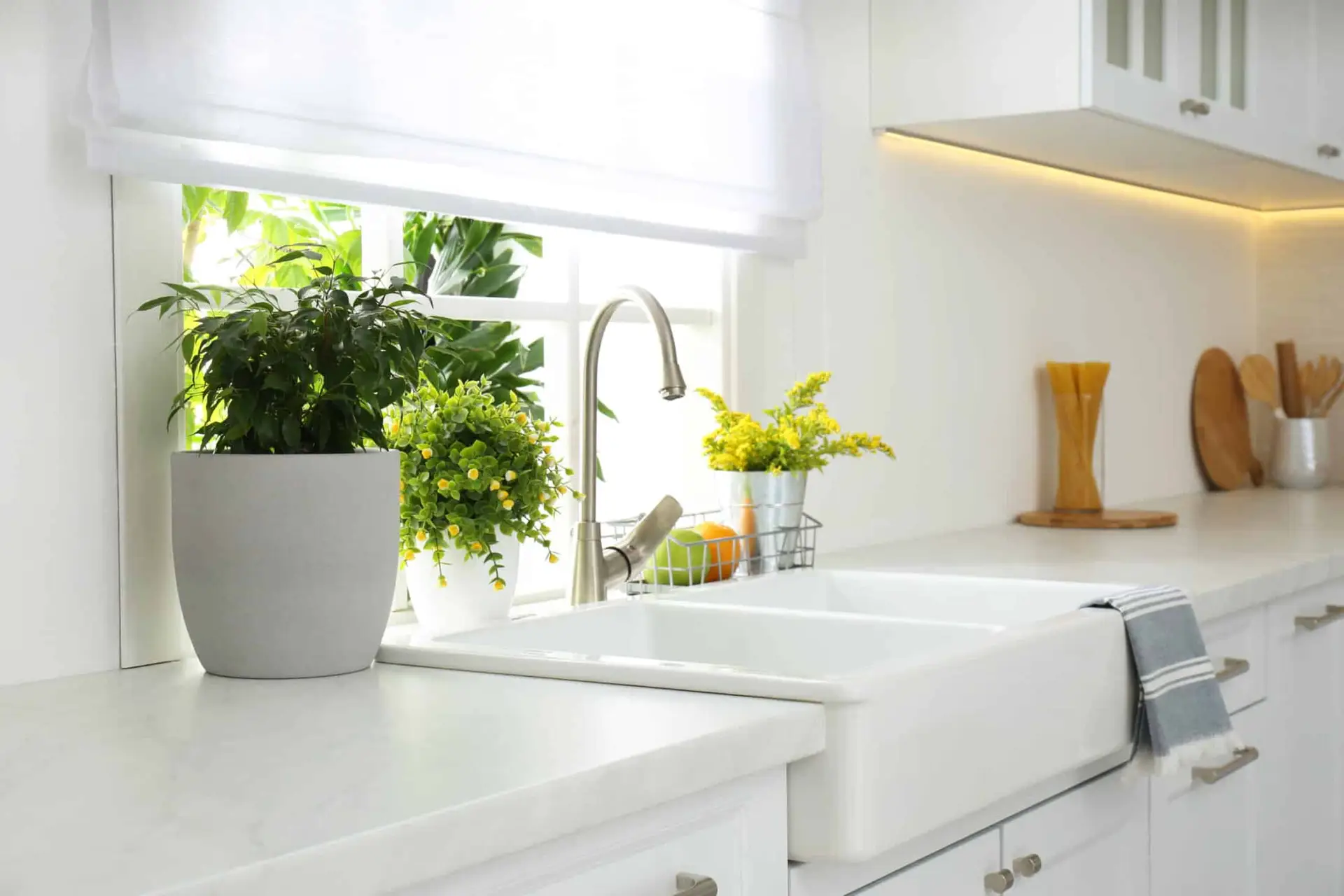People are looking for eco-friendly carpeting. Some like the health benefits and others are trying to be more environmentally friendly. Good carpeting has gone through tests by the CRI (Carpet and Rug Institute) for indoor air quality. Still, the best options are sustainable because they’re naturally free of otherwise noxious VOCs.
Natural Carpeting
Wool carpeting has become more popular as a sustainable option for several reasons. It’s not treated with chemicals or synthetic dyes, reducing the amount of toxic fumes during installation. As a bonus, wool carpeting can purify indoor air for decades to come.
Other popular options that pop up frequently include hemp, jute, bamboo, seagrass, hemp, and coir. These can turn into carpet textures ranging from rough weaves to plush fibers. Depending on the look you’re going for, any one of these can be an excellent choice.
Recycled PET Carpets
Did you know that polyethylene terephthalate (PET) plastics can be transformed in carpeting? It’s true! Milk jugs and soda bottles can be broken down into usable carpet fibers that are stain-resistant and not chemically treated.
Unfortunately, PET carpeting also sheds microplastics which is a known environmental issue. While you can keep it under control in your home by vacuuming, you still have to throw out the dust, so know that microfibers will still end up outside of your house.
Minimal Material Carpeting
Conventional carpets are difficult to recycle because they are a combination of different materials. Each piece must be separated into its component categories that each have value for use as something else at the end of life for the carpet. We often see these carpets get sent to the landfill because it takes too much time and energy to recycle them.
While some manufacturers have these options available, it’s easier to find a sustainable carpet made from a single material, such as all wool or bamboo. Even wool carpeting with a natural rubber grip pad is an excellent option because they are easier to separate for recycling.
The Cost of Sustainable Carpeting
Costs can vary greatly depending on the materials you choose when it comes to your carpeting. Wool carpeting tends to be more expensive, but with its expected lifespan, wool can still be an excellent choice. Carpeting made from PET fibers is typically less costly than wool and is comparable to traditional synthetic carpets.
Something else to think about is what you’re going to do when your sustainable carpet reaches the end of its life. You can recycle some wool carpets by using them as natural mulch and weed barriers in your garden, while other manufacturers have end-of-life recycling plans in place to take care of your carpet for you.
Making Your Choice
Choosing sustainable carpeting sometimes involves a little bit more legwork. For many, it’s worth it knowing their home is VOC-free and a step toward a greener home. If you’re considering new carpeting for your home, give WPL Interior Design a call. We can help you source the right carpet for your needs, vision, and budget.




